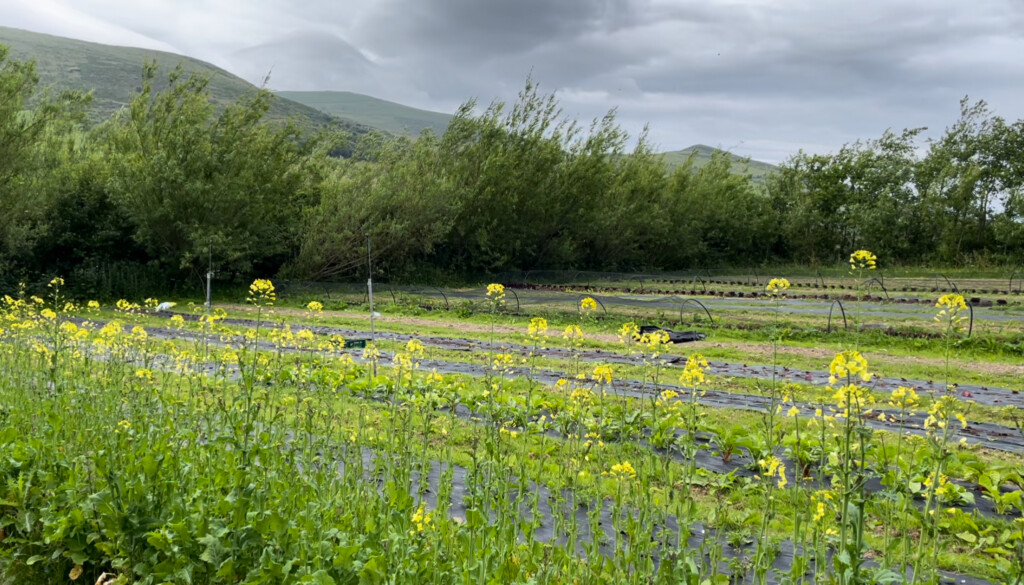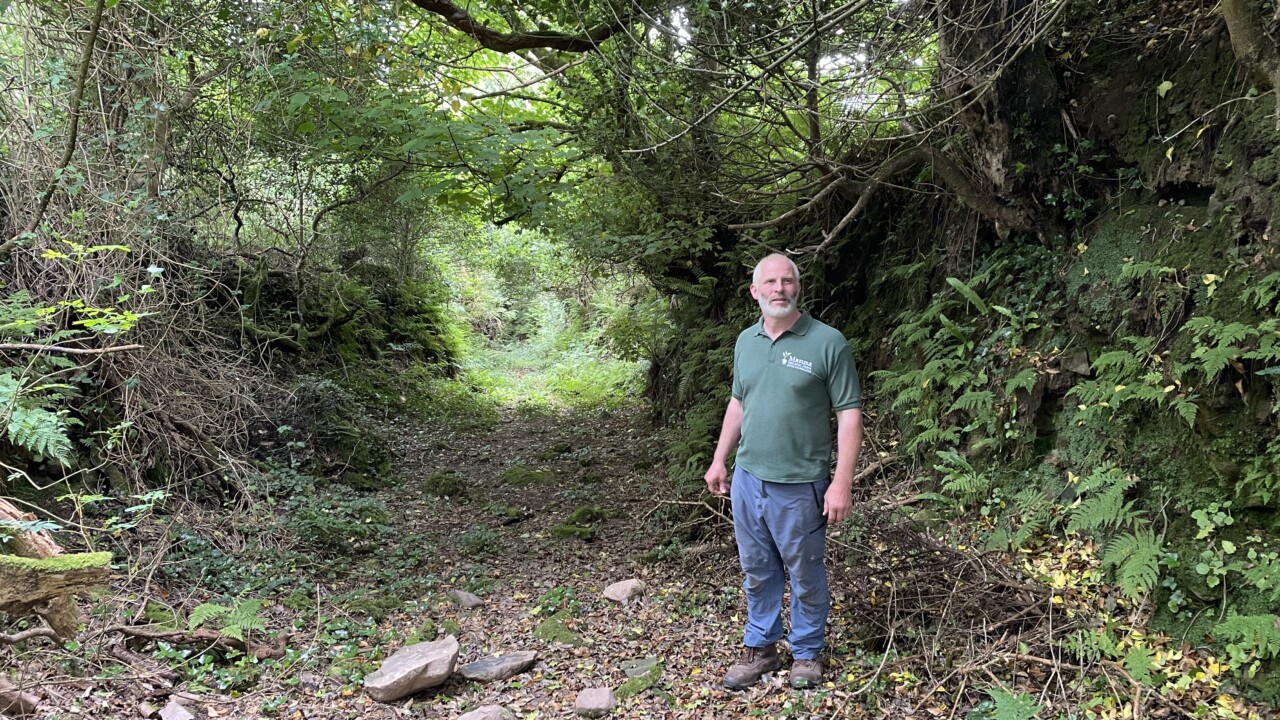The benefits of planting trees on farms were discussed during a farm walk focused on agroforestry in Co. Kerry this week.
Agroforestry is a collective name for land-use practices where trees are combined with crops or animals on the same unit of land.
Thomas and Claire O’Connor, who hosted the farm walk, have owned Manna Organic Farm in Camp, Co. Kerry for the past 17 years.
The 25ac farm integrates agroforestry principles with vegetable plots surrounded by shelter trees and a 4ac permaculture field featuring fruit trees and shrubs.
A further 4ac is dedicated to terraced agroforestry with soft fruit bushes and trees such as willow, birch, and sycamore.
The farm also includes around 13ac of native woodland, around 60% of which is oak, which was planted around 14 years ago.
The O’Connors are certified organic farmers and place great importance on a “good healthy eco-system” in which to grow “nutrient dense” food.
The couple also run an organic shop in nearby Tralee allowing them to sell their horticulture produce directly to customers.
The farm produces salads, kale, scallions, onions, leeks, garlic, tomatoes, cucumbers and courgettes.
“We tend to grow stuff that is the freshest that we can bring into the shop and then we also buy from other local producers and we import. Everything that we sell in our store is certified organic,” Thomas told Agriland.

Due to the exposed location of the farm on the Dingle Peninsula, Thomas knew that trees would play an important role by providing shelter to crops and animals and improving soil fertility by recycling nutrients.
The trees also produce by-products, such as fruit and wood, offering an additional income stream.
“We’re on the side of a mountain and the fact that we can get trees to grow here is really good,” he said.
“In our horticultural area in the heatwaves we never have a problem with water because the hedgerows and the ditches end up creating dew in the morning so there’s always plenty of moisture,” he added.
Similar to other farms, Thomas admits that there has been “a certain element of trial and error” when it comes to trees.
“You learn through your mistakes but you can actually learn a lot by going and meeting farmers, going to people that have the expertise and seeing what they have done in person,” he said.
Agroforestry
This week’s event was part of a series of farm walks around the country being organised by the Irish Agroforestry Forum.
The walks aim to highlight how introducing trees into farming systems can enhance biodiversity, improve animal welfare and soil health and contribute to climate change mitigation.
As part of the new Forestry Programme 2023-2027, agroforestry planting is supported through a range of funding and premiums.
It should be noted that where farmers plant under the agroforestry scheme, the converted land will be classified by the Department of Agriculture, Food and the Marine (DAFM) as forestry.

“The schemes are fantastic because they can give you the establishment and help you with the fencing and the set up in the first place. But you should plant trees anyway because they bring other values to the farm.
“They make you farm more resilient, they take the stress away from your animals, they create shelter. You’re future proofing your farm by growing trees within your farming system,” Thomas said.
The organic farmer believes that “we need to redefine our perspective of what trees mean on the landscape”.
“It’s not a mono-culture of Sitka spruce and it doesn’t mean that they’re clear felled all the time, it’s a continuous improvement of the eco-system and the environment,” he said.
